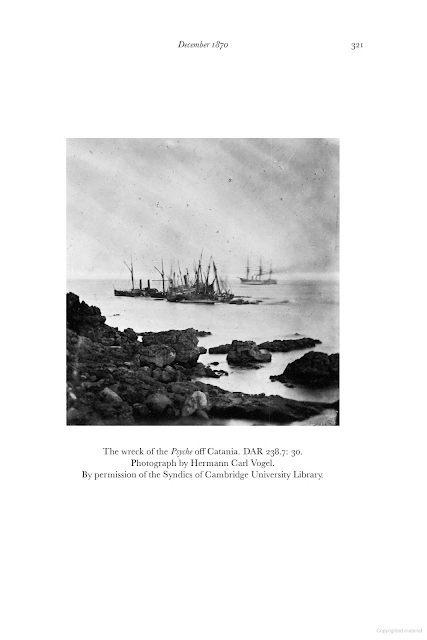Shabby Dress, sung by Shannon Marie
Harney
Now working with Bradford-based torch
singer Shannon Marie Harney. Shannon
Marie is new to our repertoire. But she
is determined.
We have started with a song whose needs
we understand, an old song...
Here is Shannon Marie and Shabby Dress
on YouTube...
Video link
https://youtu.be/XK3taoyvuoo
And here on Soundcloud...
https://on.soundcloud.com/rxCQ
A song with its own history...
And I will give some of that history
here, omitting detail that might embarrass the living, or the dead.
1.
The anecdotal lecture about this song
can be long - and even longer if we include the musical interludes... But, in my defence, that is maybe what a song
lyric should be - distillation...
The lyric is in the book, Love Death and
Whiskey - pages 48-49.
https://www.amazon.co.uk/Love-Death-Whiskey-Patrick-OSullivan/dp/095678240X
If you put 'Terry Jones Shabby Dress'
into your favourite search engine, you find this...
https://twitter.com/pythonjones/status/108103285625462784
'Love Death & Whisky 40 songs by
Patrick O'Sullivan is a great way in for those nervous of poetry. Shabby Dress
- great song lyric of our time
10:06 AM · Aug 29, 2011·Twitter Web
Client'
Terry had long been a supporter of my
lyric writing. When, in the 1970s, we
first put a band together, he offered financial support - Terry's management
company paid for recording studio time, with André Jacquemin at Redwood...
http://www.redwoodstudios.co.uk
...and paid for The Van. This, for me, was induction into the Cult of
The Van, and other odd aspects of the life of working musicians. Really, we did not know what we were doing -
and did not know what we wanted to do.
When the danger arose that looking after The Van might become my full
time job, I decided enough was enough.
Looking back, I can hope that nowadays I
have a better understanding of what was
going on. I can lecture, and I can
quote... Christopher Small, on 'Musicking',
Ruth Finnegan, on the 'Hidden Musicians'. David Hesmondhalgh's critique. I can quote Ted Gioia.
For Christopher Small, music is a verb,
not a noun. 'Musicking' is something that people do...
2.
In the 1970s and 1980s I had become a
minor poet of the late twentieth century - and the horrors of that experience
can become the basis of another anecdotal lecture. But the main lesson from the experience was
simple, and became a mantra: If you are
going to write for performance, you might as well write for performers. So, song lyrics...
In the 1970s, at a difficult time in my
life, my friend, Leslie Megahey, put me in a car and took me across
Spain... Pause here, for anecdotal
comedy.
In Madrid I met Leslie's friends, Esperanza
and Sidney Malkin. Sidney was a large,
Hemingwayesque character. As a US Marine
he had invaded Sicily. In Spain he led a
complex, not quite controlled, existence.
He leased the shooting rights of several villages in the mountains to
the north of Madrid, and he organised hunting parties for visiting Americans. Special guests would be taken to shoot bustard. In
Esperanza's distinctive English this became 'persecuting the bustard...' It was impossible not to fall in love with Esperanza...
I spent some days in the mountains with
Sydney, and his gamekeepers, watching the persecution of the bustards. Nevertheless... Sydney and I got on, and we became friends.
Sidney had lived in Paris for a long
time, and he had in Madrid his French record collection. So, it was in the apartment of Sidney and
Esperanza Malkin, in Madrid, that I first heard the distilled essence of French
song, Barbara.
Vinyl rotating.
3.
Nowadays, we can search online for
Monique Andrée Serf, stage name Barbara...
And that song, La Solitude, that I heard for the first time in Madrid...
Here she is on YouTube...
https://www.youtube.com/watch?v=GlVrWsEUFGY
And here are the words...
https://genius.com/Barbara-la-solitude-lyrics
https://lyricstranslate.com/en/la-solitude-solitude.html
My song, Shabby Dress, references La
Solitude. I have made it at home in the English language, more structured, more technical, less fierce...
Loneliness rather than the French, Solitude.
In Shannon Marie's version of my lyric
we do get the feeling that the ghost, the reflection, the memory, whatever it
is - at least it can be depended on. A
reliable ghost...
4.
We could dedicate this song to Monique
Andrée Serf, Barbara. I could dedicate
it to Sidney Malkin, or to Esperanza. Or
to Leslie Megahey. And they are there in
the story...
Terry Jones remained a supporter of my
work, and a good friend. This was before
the public appearance of Terry Jones, the writer for children, and the scholar
of medieval literature - whose scholarship was at first sneered at, and is now
revered.
So, in the background are long,
garrulous, lubricated, conversations about kinds of writing, and how they work. The lyric, Shabby Dress, is a nice, technical,
piece of writing - that is one of the things I like about it. Terry Jones understood that.
When at last I got round to publishing
that little book of my lyrics, in 2010, I sent a copy to Terry - as a thank
you. And he told me how much he enjoyed
reading the lyrics aloud, as poetry.
Especially Shabby Dress.
So, alongside the composer, Adrian
Long, who set the lyric - and alongside our companions and memories of those days - let us dedicate the song to Terry Jones...
5.
Now, for goodness sake, do not tell any
of this to Shannon Marie Harney...
Just
let her sing...
Patrick O'Sullivan
August 2022

